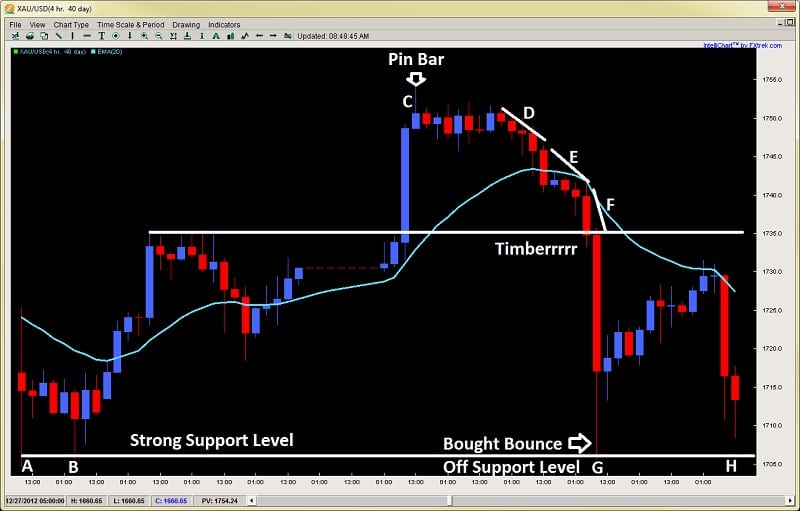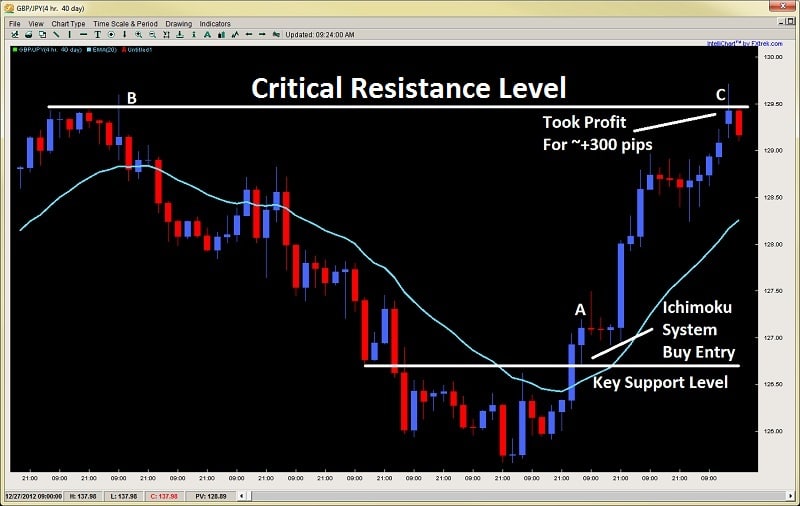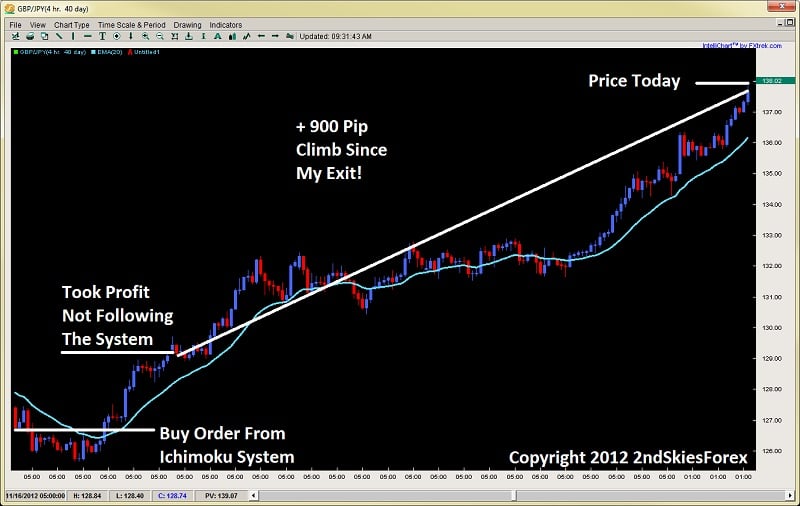In part 1 of What You Need to Do to Make Money Trading, I wrote about how you need to get comfortable – particularly with uncertainty as to what will happen next. Your ability to sit in the saddle of uncertainty will determine your ability to make good trading decisions which leads to more profitable trades.
In part 2, I will delineate why you need to get comfortable with yourself in trading and what this means.
Getting Comfortable With Yourself
When I first started taking archery classes, I had to decide if I wanted to shoot a recurve or compound bow, as they definitely differ in their shooting styles, techniques, handle, potency and uses.
My teacher asked me which I prefer after a few classes, and I took a moment to think about why I was taking archery classes in the first place.
For me, I was taking classes for twofold reasons;
1) As a complimentary skill for trading (concentration, focus, precision and awareness in the moment).
2) As a meditation practice
To this end, the recurve bow felt more suited to this. Even though it’s not as powerful, or cannot shoot the same distances as a compound bow, power or distance was not the motivation behind my archery training. Hence why I shoot a recurve bow to this day.
This process for you getting comfortable with yourself has to be done in a similar way. You have to really understand who you are, how you best operate, what environments does your natural talents/skills/intelligence prosper, along with what are your specific trading goals for trading.
My guess is when you have figured these things out, the system and method will be just naturally arise and be obvious. But don’t fall into the trap of thinking you have to gun for ‘the most profitable’ system, or trade on any time frame to be profitable. You’d be amazed how many times beginning traders ask the question of ‘what time frame do you trade‘ or the more common is ‘what is your most profitable system‘.
Anytime I see this, I can see they are asking the wrong questions. Making money is not time frame dependent – as if one time frame has a monopoly on making profits. And looking for the ‘most profitable system’ really is ignoring the fact it may not be the best one for you.
It may trade only when you are asleep, or at work. Or it may force you to hold trades for days when you prefer to be out out at the end of the day. What use is it to you then?
A Good Trader
I can always tell a really good trader when I talk to them. They are never worried about what someone else is doing, how much they are making, or what system they are using. I personally know a trader that did 3000% one year with over 90% accuracy making at the end of the year over 200k a day.
Yet he is an engineer who is highly mathematical, and employs a system that took him 8 years to learn with his level of mathematical skills (way above mine). Using that system would actually be counter-productive for me, my time and my natural way of thinking.
Eventually, a good trader has settled into two things;
1) They’ve settled into how they operate best when trading
2) They’ve found a rule based system that works for them
To do this, you really need a little bit of trial and error, but it also takes some self-reflective ability as to how you are as a being.
Do you prefer to micro-manage things, and does this usually work out for the better?
Or are you best using set and forget strategies?
Are you really available to trade several hours a day, and do you want to?
Or would you prefer to only ‘participate’ in the markets a couple hours per day?
Are you really risk averse, or are you comfortable with risk and volatility?
Answers to the above questions could determine what is the best strategy, pairs and style of trading you engage in on a daily basis. The bottom line is, if it’s not a fun car for you to drive, it doesn’t really matter what kind of car it is.
You can always tell if you are uncomfortable with a system, if it racks your brain, patience and emotions using it. If you feel drained trading it – regardless of profit or loss, then it’s likely not for you. However, if you feel this with every system you use, then the issues may be more on the psychological level with how you relate to trading. This is simply because the common demoninator is you – not the system.
I myself trade both intraday price action strategies, along with higher time frame methods. I also trade both price action and ichimoku models because the combination of the two is what works for me. I like a balance between being engaged for a couple hours per day, while also holding positions overnight so I can make money sleeping, and just let them play out.
In a recent article called The Ideal Trader, I explained how combining intraday + daily and 4hr price action strategies, is ideal because it allows you to quickly grow your account (via intraday trading), while also making money sleeping. But the key for you is to find a system and style that is tailored to you across the board, and provides the soil for your natural talents, skills and intelligence to grow and flourish.
Until then, trading will likely be an uphill battle against you – not the markets. But once you’ve found a balance of what’s most natural for you – it will result in you being consistently profitable, while finally feeling settled with trading and the markets.
The next article for this week will discuss always trading and thinking in probabilities.
Kind Regards,
Chris Capre






